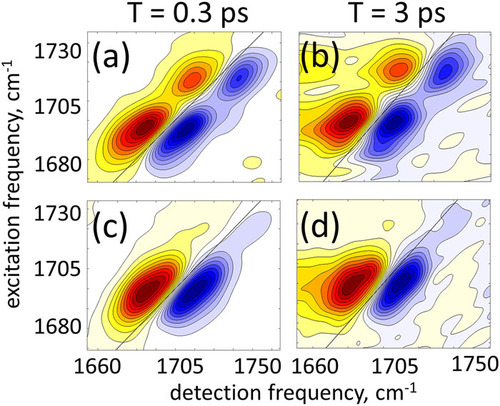Solvatochromic shifts of local vibrational probes report on the strength of the surrounding electric fields and the probe’s hydrogen bonding status. Stretching vibrational mode of the ester carbonyl group is a popular solvatochromic reporter used in the studies of peptides and proteins. Small molecules, used to calibrate the response of the vibrational probes, sometimes involve Fermi resonances (FRs) induced by inter-molecular interactions. In the present work, we focus on the scenario where FR does not appear in the infrared spectrum of the ester carbonyl stretching mode in aprotic solvents; however, it is intensified when a hydrogen bond with the reporter is established. When two molecules form hydrogen bonds to the same carbonyl oxygen atom, FR leads to strong hybridization of the involved modes and splitting of the absorption peak. Spectral overlap between the Fermi doublets associated with singly and doubly hydrogen-bonded carbonyl groups significantly complicates quantifying different hydrogen-bonded conformations. We employed a combination of linear and third-order (2DIR) infrared spectroscopy with chemometrics analysis to reveal the individual line shapes and to estimate the occupations of the hydrogen-bonded conformations in methyl acetate, a model small molecule. We identified a hydrogen-bond-induced FR in complexes of methyl acetate with alcohols and water and found that FR is lifted in larger molecules used for control experiments—cholesteryl stearate and methyl cyanoacetate. Applying this methodology to analyze acetonitrile-water solutions revealed that when dissolved in neat water, methyl acetate occupies a single hydrogen-bonding conformation, which is in contrast to the conclusions of previous studies. Our approach can be generally used when FRs prevent direct quantification of the hydrogen bonding status of the vibrational probe.
Authors: Anup Ghosh, Bar Cohn, Amit K Prasad, Lev Chuntonov
Publication date: 2018/11/14
Journal: The Journal of chemical physics
Volume: 149
Issue: 18
Publisher: AIP Publishing
J. Chem. Phys. 149, 184501 (2018); https://doi.org/10.1063/1.5055041



